
Kalaw: The Serene Hill Station of Myanmar
Discover Kalaw, Myanmar's serene hill station, where colonial charm meets outdoor adventure amidst stunning landscapes and vibrant culture.
Nestled in the Shan Hills, Kalaw is a breath of fresh air for travelers seeking tranquility and natural beauty. This former British hill station boasts cool weather, stunning landscapes, and a unique blend of cultures. Kalaw is perfect for those who enjoy outdoor activities like trekking, bird watching, and exploring lush forests. Kalaw's charming colonial architecture and local markets offer a glimpse into its rich history and vibrant community. The town is a gateway to the famous Kalaw to Inle Lake trek, a must-do for adventure seekers. Along the way, you will encounter picturesque villages, terraced farms, and friendly locals who are always eager to share their stories. Don't miss the chance to visit the Green Hill Valley Elephant Camp, where you can learn about elephant conservation and interact with these gentle giants. Kalaw's serene atmosphere and welcoming locals make it an ideal destination for a peaceful retreat in the heart of Myanmar.
Local tips in Kalaw
- Visit during the cooler months from November to February for the best weather.
- Bring comfortable shoes for trekking and exploring the town.
- Try local delicacies like Shan noodles at the town's markets and restaurants.
- Hire a local guide for the Kalaw to Inle Lake trek for an enriching experience.
- Respect local customs and dress modestly, especially when visiting religious sites.
Kalaw: The Serene Hill Station of Myanmar
Nestled in the Shan Hills, Kalaw is a breath of fresh air for travelers seeking tranquility and natural beauty. This former British hill station boasts cool weather, stunning landscapes, and a unique blend of cultures. Kalaw is perfect for those who enjoy outdoor activities like trekking, bird watching, and exploring lush forests. Kalaw's charming colonial architecture and local markets offer a glimpse into its rich history and vibrant community. The town is a gateway to the famous Kalaw to Inle Lake trek, a must-do for adventure seekers. Along the way, you will encounter picturesque villages, terraced farms, and friendly locals who are always eager to share their stories. Don't miss the chance to visit the Green Hill Valley Elephant Camp, where you can learn about elephant conservation and interact with these gentle giants. Kalaw's serene atmosphere and welcoming locals make it an ideal destination for a peaceful retreat in the heart of Myanmar.
When is the best time to go to Kalaw?
Iconic landmarks you can’t miss
Kalaw Town Market
Experience the bustling Kalaw Town Market, a vibrant hub of local culture, delicious cuisine, and handcrafted treasures in the heart of Myanmar.
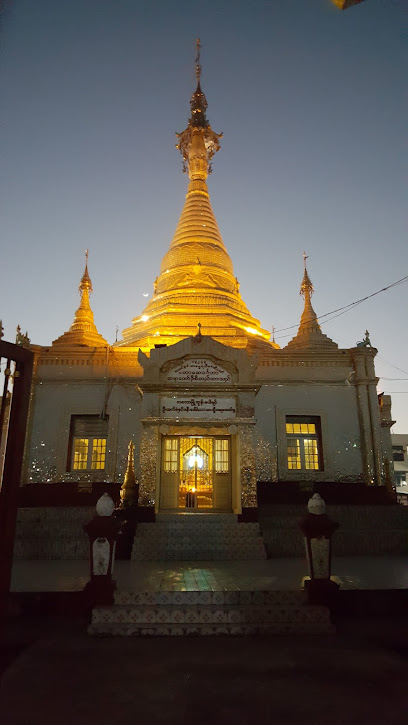
Thu Maung Myanmar Restaurant
Discover the authentic taste of Myanmar at Thu Maung Myanmar Restaurant in Kalaw, offering a delightful selection of traditional Burmese dishes.
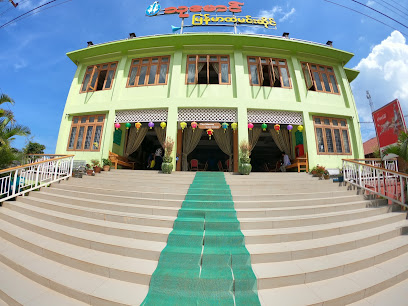
Kalaw Heritage Hotel since 1903
Experience the charm of Kalaw Heritage Hotel, a historic retreat blending culture and comfort in the stunning landscapes of Shan State.
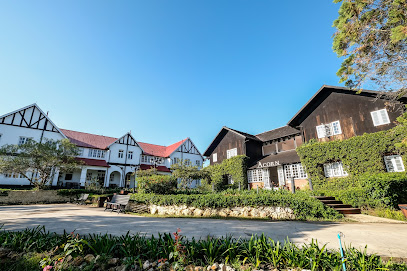
Shwe Oo Min Monastery
Discover the enchanting Shwe Oo Min Monastery in Kalaw, where spirituality meets stunning architecture amidst lush landscapes.
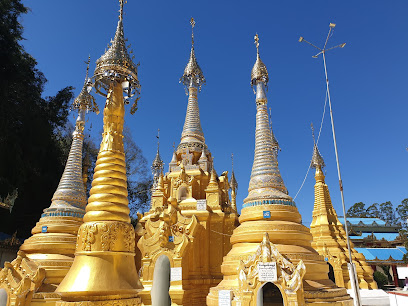
Lu Lu Singh's Thirigayhar Restaurant Known As 7 Sisters
Discover the rich flavors of Burmese, Chinese, and European cuisine at Lu Lu Singh's Thirigayhar Restaurant in Kalaw, a culinary delight for every traveler.
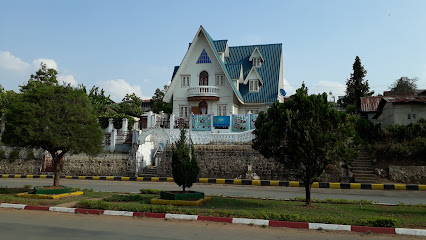
Red House Bar & Restaurant
Experience authentic Italian cuisine at Red House Bar & Restaurant in Kalaw, where local charm meets culinary excellence.
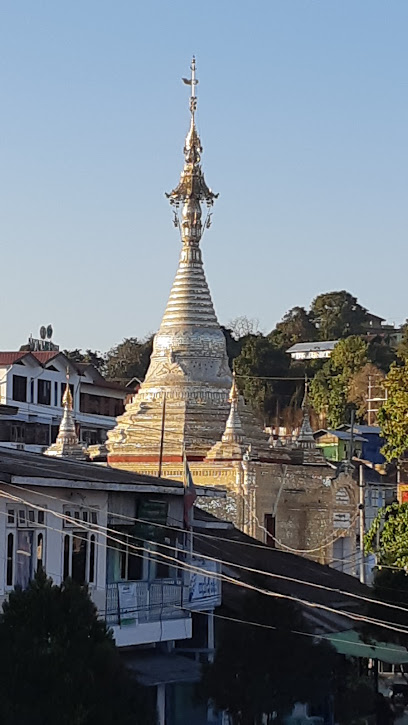
Dream Mountain Resort
Discover serenity and breathtaking views at Dream Mountain Resort, the perfect retreat in Kalaw, Myanmar for relaxation and cultural exploration.

Pine Hill Resort
Experience the perfect blend of comfort and adventure at Pine Hill Resort, your serene escape in Kalaw, Myanmar.

Hillock & Honeymoon Villa - Bed & Breakfast
Experience the charm of Kalaw at Hillock & Honeymoon Villa, where cozy accommodations meet delightful dining in a serene setting.
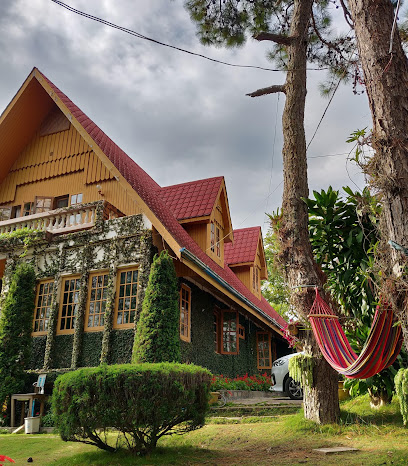
Golden Kalaw
Experience serene hospitality and stunning views at Golden Kalaw, your perfect retreat in the heart of Myanmar's beautiful hill town.

ဗျိုက်တောင်
Discover Aungpan: A breathtaking geological wonder in Myanmar that captivates with its stunning landscapes and rich natural history.
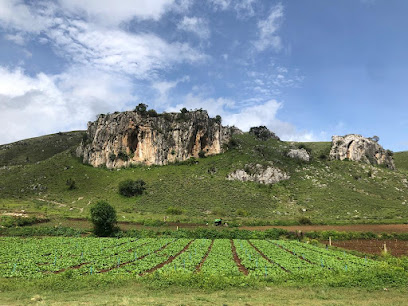
KALAW TOWER
Explore Kalaw Tower: A Heritage Landmark in Myanmar Offering Stunning Views and Cultural Insights.
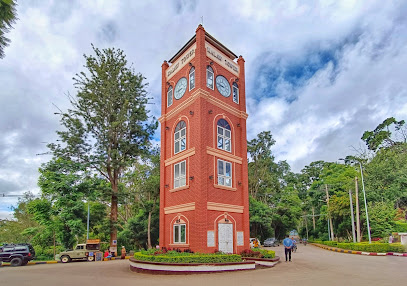
Hnee Phayagyi (Kalaw)
Discover the serenity of Hnee Phayagyi Pagoda in Kalaw, Myanmar, a stunning cultural landmark nestled in the lush hills of this tranquil region.
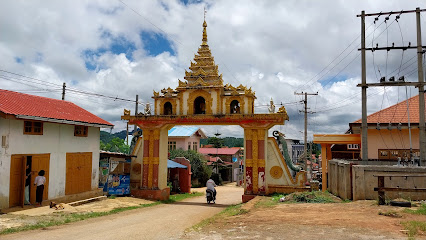
360 Kalaw Hotel
Discover the serene beauty of Kalaw while enjoying unparalleled comfort at the 360 Kalaw Hotel, your perfect retreat in Myanmar's picturesque hills.

Green Haven Hotel, Kalaw
Discover tranquility at Green Haven Hotel in Kalaw, your gateway to breathtaking landscapes and rich cultural experiences in Myanmar.
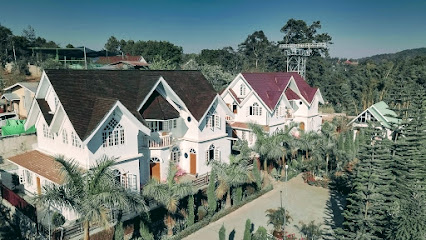
Unmissable attractions to see
Inle Lake
Discover the enchanting beauty of Inle Lake, Myanmar's serene freshwater oasis, rich in culture and stunning landscapes.
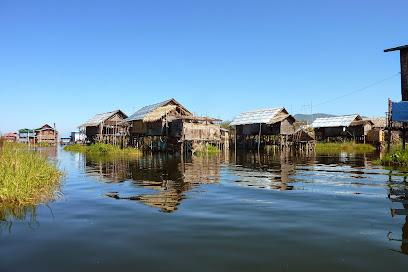
Pindaya Caves
Discover the magical Pindaya Caves in Myanmar, a spiritual haven filled with thousands of Buddha statues and stunning limestone formations.
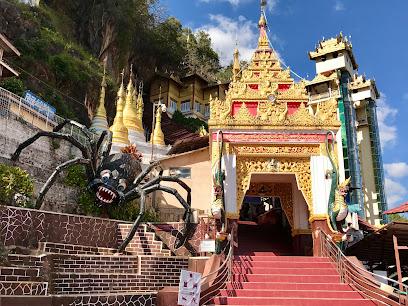
Nyaung Shwe Cultural Museum
Explore the rich cultural heritage of Nyaung Shwe at the Cultural Museum, showcasing unique artifacts and local traditions.

Floating Gardens of Inle Lake
Explore the unique floating gardens of Inle Lake, a breathtaking blend of natural beauty and traditional Burmese agriculture in Myanmar.
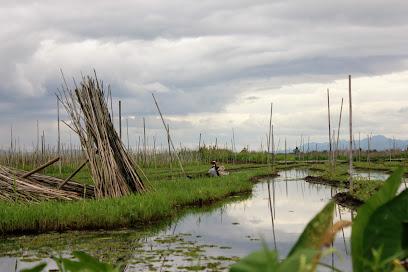
Rohit Kalaw Trekking
Experience unforgettable trekking adventures in Kalaw, Myanmar, with Rohit Kalaw Trekking—your gateway to stunning landscapes and rich local culture.
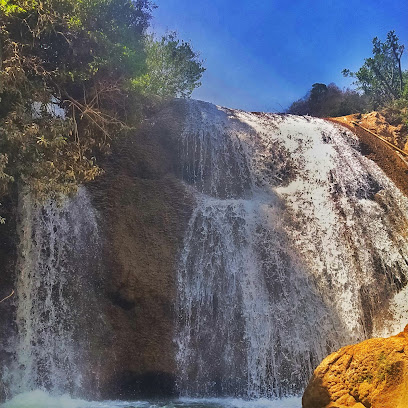
Inle Maing Thouk Futsal Court
Discover the vibrant sports culture at Inle Maing Thouk Futsal Court, where local camaraderie meets the thrill of futsal in stunning Nyaung Shwe.
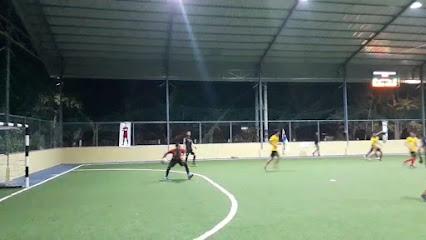
Pindaya
Explore the mystical Pindaya Caves in Myanmar, home to thousands of Buddha statues, surrounded by stunning landscapes and rich local culture.
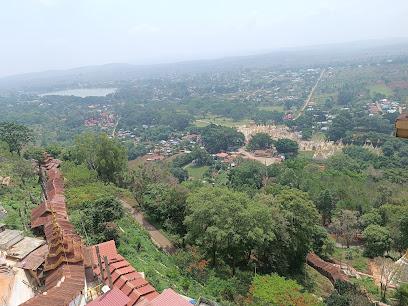
Essential places to dine
Thu Maung Myanmar Restaurant
Discover authentic Burmese cuisine at Thu Maung Restaurant in Kalaw – where every dish tells a story.
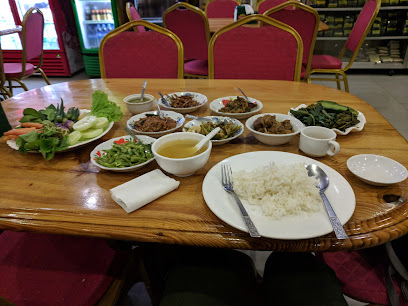
Everest Nepali Food Center
Discover authentic Nepalese cuisine in Kalaw at Everest Nepali Food Center - where tradition meets flavor in every dish.
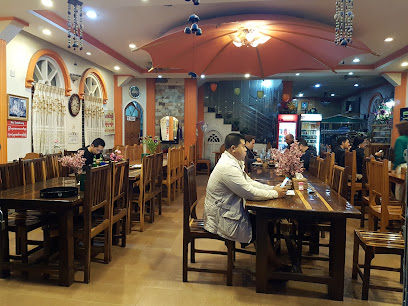
Lu Lu Singh's Thirigayhar Restaurant Known As 7 Sisters
Experience the vibrant flavors of Burmese cuisine alongside delightful Chinese and European dishes at Kalaw's beloved 7 Sisters restaurant.
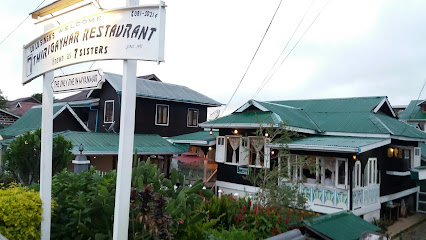
Red House Bar & Restaurant
Savor authentic Italian flavors in Kalaw at Red House Bar & Restaurant – where every meal is a delightful journey through Italy.
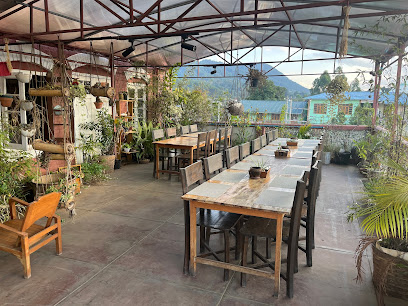
Kalaw Cafeyard
Discover Kalaw Cafeyard: A cozy haven in Kalaw serving exquisite local cuisine and delightful coffee amidst breathtaking landscapes.
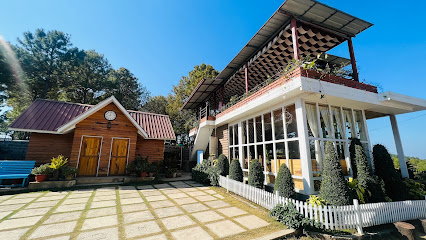
Aung Nyein Chan Aung - II Chinese & Myanmar Foods
Discover the perfect blend of Chinese and Myanmar cuisine at Aung Nyein Chan Aung - II in Kalaw, where flavor meets tradition.

Maluca Villa
Experience authentic Burmese cuisine in the heart of Kalaw at Maluca Villa—where every meal tells a story.
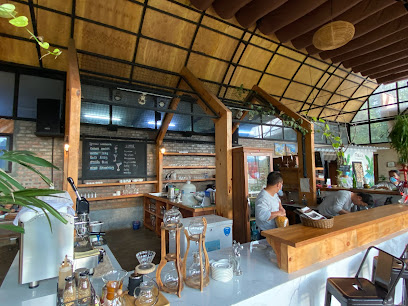
Yadana Talkie House Indian Restaurant
Experience the rich tapestry of Indian cuisine at Yadana Talkie House in Kalaw—where every meal is an unforgettable journey of flavors.
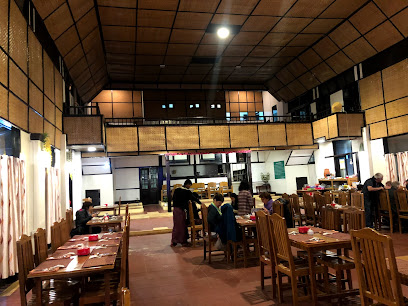
Sky House Hot Pot & Barbecue
Experience authentic Burmese cuisine at Sky House Hot Pot & Barbecue in Kalaw—where delicious hot pot meets flavorful barbecue.
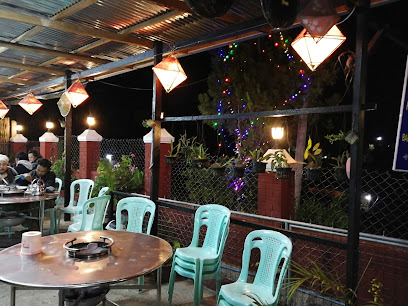
Akarick Traditional Food Centre
Experience the authentic taste of Myanmar at Akarick Traditional Food Centre in Kalaw – where tradition meets flavor.
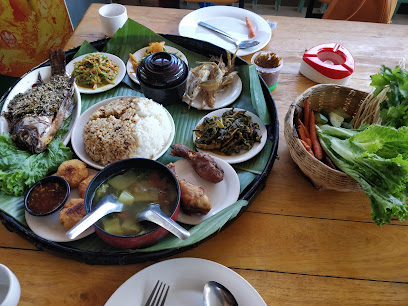
Thu Maung Restaurant
Discover authentic Burmese cuisine at Thu Maung Restaurant in Kalaw – a must-visit destination for food lovers exploring Myanmar.
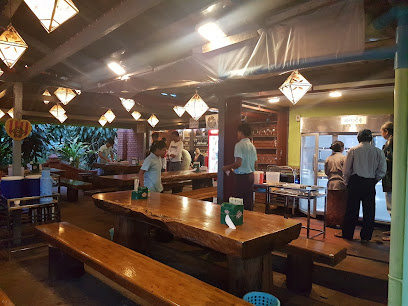
Pine Land Restaurant | ထင်းရှူးမြိုင်
Experience authentic Chinese cuisine at Pine Land Restaurant in Kalaw - where tradition meets taste in a charming setting.
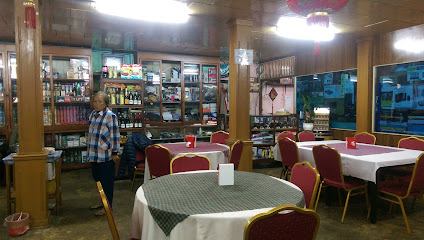
Bistro 29 Restaurant
Experience the best of local flavors and international cuisine at Bistro 29 in Kalaw—your culinary retreat amidst stunning landscapes.
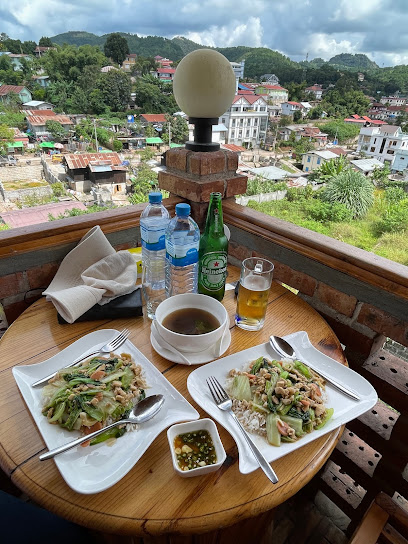
Monaco Café & Halal Restaurant
Discover the essence of halal cuisine at Monaco Café & Halal Restaurant in Kalaw – where every meal tells a story.

Amora Hot pot & Bbq
Experience the interactive delight of hot pot and BBQ at Amora in Kalaw - a culinary adventure awaits every tourist!
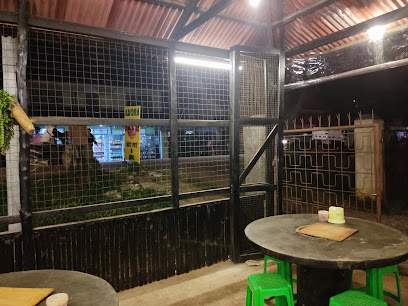
Markets, malls and hidden boutiques
Kalaw Town Market
Discover the vibrant culture and delicious flavors at Kalaw Town Market, the heart of local life in Kalaw, Myanmar.
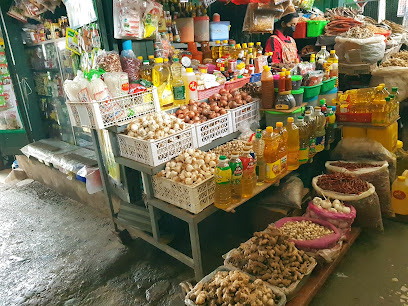
Cafe Kalaw
Explore the flavors of Kalaw at Cafe Kalaw, where local ingredients meet stunning views in a cozy atmosphere.
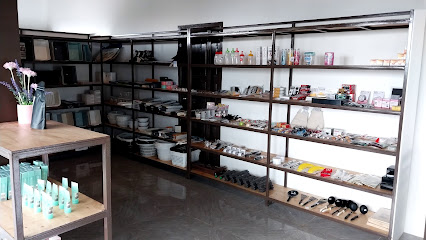
Kalaw Cafeyard
Discover the charm of Kalaw Cafeyard, a cozy café offering delightful coffee, breathtaking views, and a taste of local culture in the heart of Kalaw.
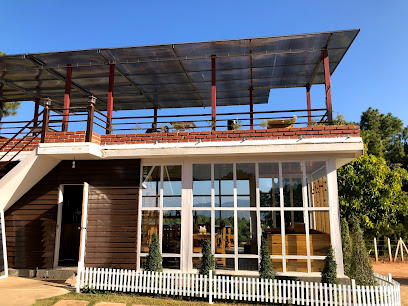
RtK Rangoon to Kalaw
Discover the flavors of Kalaw at RtK Rangoon to Kalaw, where freshly baked goods meet a cozy atmosphere, perfect for travelers seeking a sweet escape.

Poe Poe Bakery
Discover the sweet essence of Kalaw at Poe Poe Bakery, where fresh pastries and local treats await every visitor.
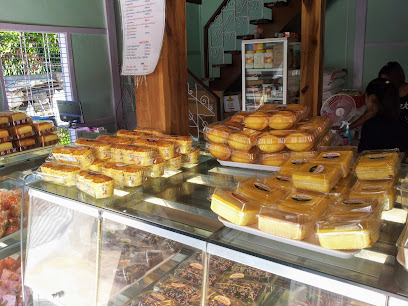
MUDITA STORE
Experience the authentic flavors of Myanmar at Mudita Store in Kalaw, a grocery store offering local produce and unique shopping options.
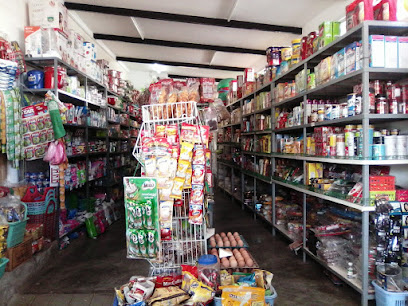
Coffee Corner
Discover Coffee Corner in Kalaw - a cozy coffee shop offering exceptional brews and a relaxing atmosphere for tourists seeking local flavor.
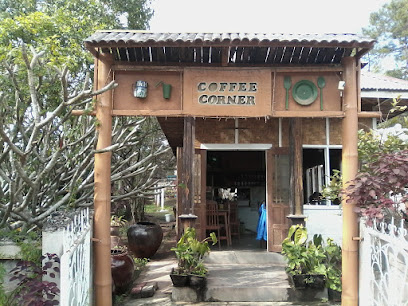
San San Mobile Phone Shop & Stationery
Explore Kalaw's San San Mobile Phone Shop & Stationery for all your mobile and stationery needs while enjoying the local culture.
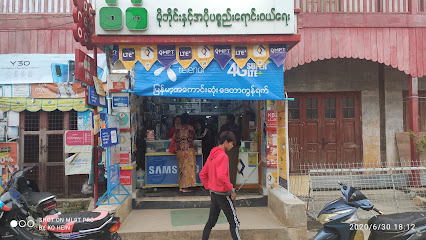
Pyramid Wine
Discover exquisite wines at Pyramid Wine in Kalaw, where local flavor meets international selection for every palate.
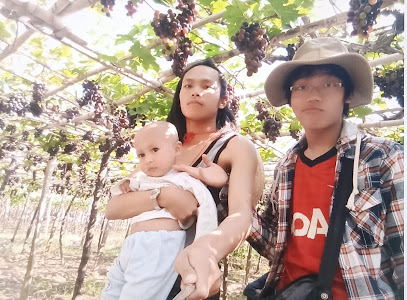
Shwe Gabar Store (Kalaw Market)
Explore Shwe Gabar Store in Kalaw Market for unique local crafts and delicious street food that embody the essence of Myanmar's vibrant culture.
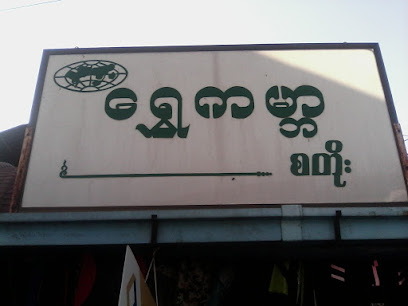
Shelby Pet Store
Explore the enchanting Shelby Pet Store in Kalaw, where pet lovers find their perfect companions and supplies in a delightful setting.

ကြယ်ညီနောင်(ကလေးကစားစရာ နှင့် စာရေးကိရိယာ)
Experience the vibrant local culture at ကြယ်ညီနောင်, a family-friendly grocery store in Kalaw offering authentic products and a welcoming atmosphere.
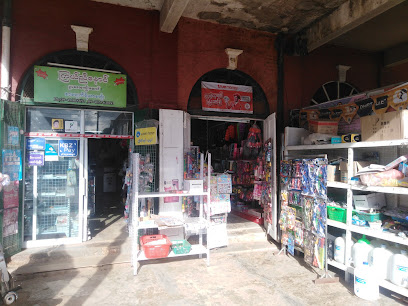
Thu Ta Zone Shan Traditional Gift Shop
Explore authentic handcrafted souvenirs at Thu Ta Zone Shan Traditional Gift Shop in Kalaw, a must-visit for every traveler seeking unique local treasures.
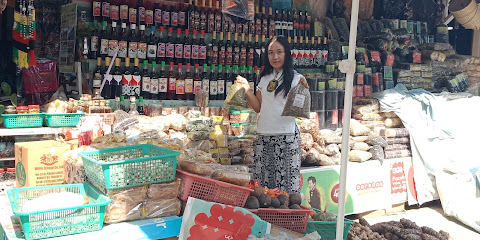
Say Da Nar Traditional Gift Shop
Explore authentic Burmese crafts and souvenirs at Say Da Nar Traditional Gift Shop in Kalaw, a must-visit for cultural enthusiasts and souvenir hunters.
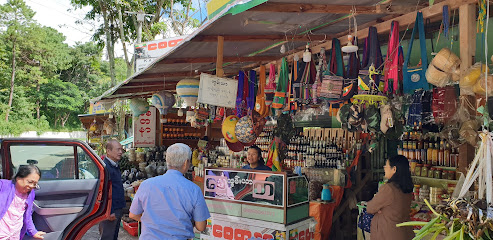
Hsu Store
Explore Hsu Store in Kalaw for unique handicrafts and authentic Myanmar products, capturing the essence of local culture.
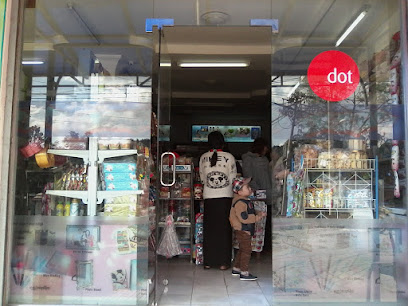
Essential bars & hidden hideouts
Red House Bar & Restaurant
Experience authentic Italian cuisine in the cozy ambiance of Red House Bar & Restaurant in Kalaw, a culinary hotspot for food enthusiasts.
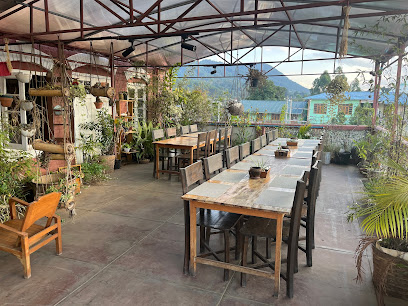
Hi Snacks & Drinks
Discover the cozy charm of Hi Snacks & Drinks in Kalaw, where delightful beverages meet a warm, inviting atmosphere.
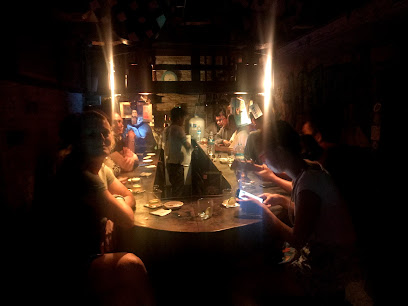
Kalaw-Ish
Discover the flavors of Kalaw at Kalaw-Ish, a delightful restaurant and bar offering a unique blend of local and international cuisine.
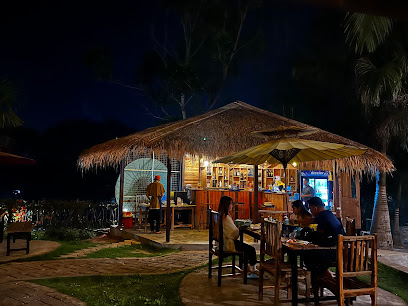
Kalaw Gandawin San (Heritage-21) Bar & Restaurant
Discover the vibrant flavors and warm atmosphere at Kalaw Gandawin San Bar & Restaurant, a must-visit culinary destination in Kalaw.
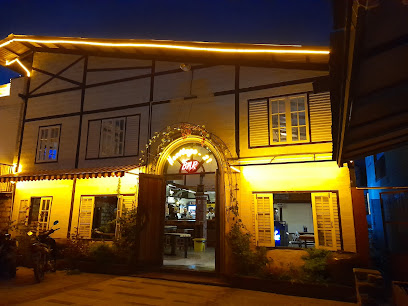
126 Kalaw
Enjoy a vibrant atmosphere and refreshing drinks at 126 Kalaw, the perfect bar for tourists in Kalaw seeking relaxation and social connection.
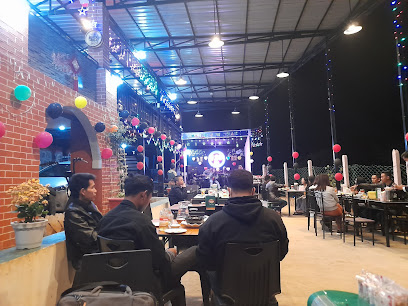
Unique Bar & Restaurant - Kalaw
Discover the vibrant culinary scene at Unique Bar & Restaurant in Kalaw, where delicious food and refreshing drinks await in a welcoming atmosphere.
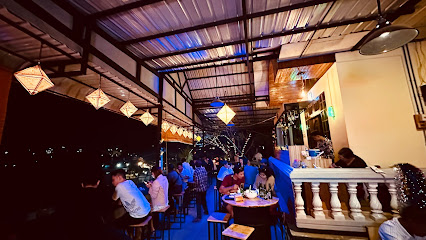
Wunjo Bar
Experience the vibrant atmosphere and friendly service at Wunjo Bar in Kalaw, your perfect retreat for drinks and socializing.
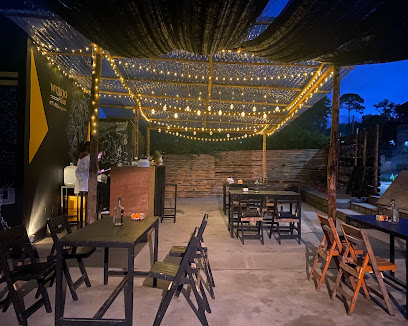
Peter Cocktail House
Discover Peter Cocktail House, a vibrant bar in Kalaw known for its unique cocktails and charming atmosphere, perfect for unwinding after a day of exploration.
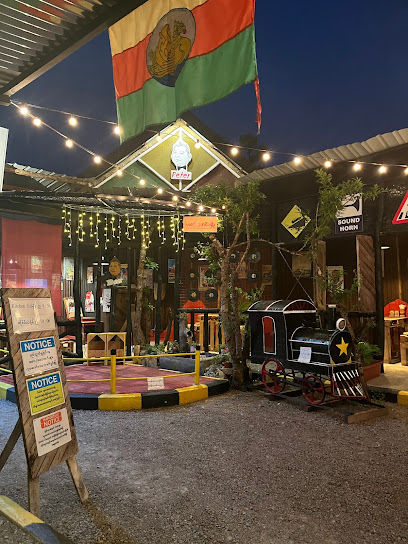
Wine House(Ace Damson)
Explore the exquisite flavors of Kalaw at Wine House, a cozy wine bar offering an exceptional selection of local and international wines.

Sisson's Restaurant & Heritage Bar
Discover the fusion of local flavors and heritage charm at Sisson's Restaurant & Heritage Bar in Kalaw.
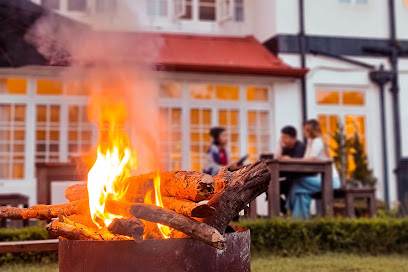
Emerald Restaurant
Discover the cozy charm of Emerald Restaurant in Kalaw, where delightful drinks and local cuisine create an unforgettable dining experience.
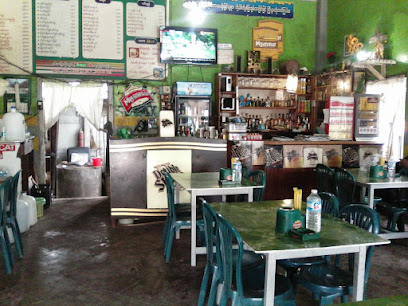
th Twin Heart
Discover the charming ambiance of The Twin Heart bar in Kalaw, where relaxation meets local flavor in a perfect blend.
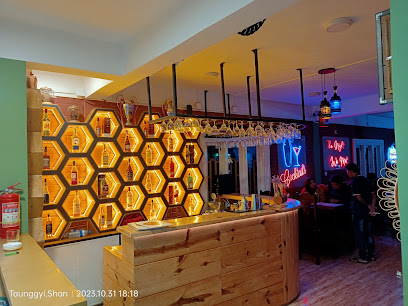
Chill Bar Kalaw
Experience the tranquility of Chill Bar Kalaw, where local flavors and a relaxed atmosphere create the perfect retreat in Myanmar's scenic hills.
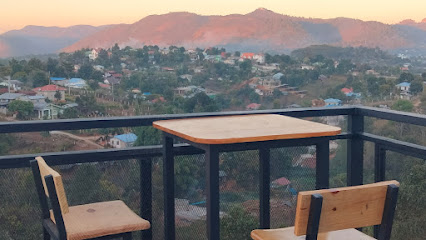
Exit Bar
Discover the charm of Exit Bar in Kalaw, where refreshing drinks and a cozy atmosphere await travelers seeking relaxation.
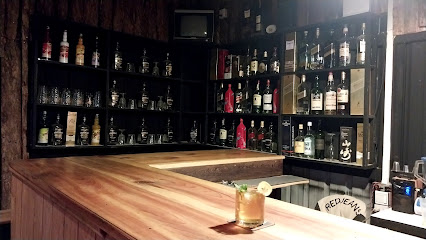
ဆန်းလွင်
Explore the vibrant bar scene at ဆန်းလွင် in Kalaw and enjoy local drinks in a welcoming atmosphere.

Local Phrases
-
- Helloမင်္ဂလာန်
[mingalar] - Goodbyeသွားပါ
[swarr par] - Yesဟုတ်ကဲ့
[hote gyi] - Noမဟုတ်ဘူး
[ma hote bu] - Please/You're welcomeကျေးဇူးတင်ပါသည
[chay zu tin par sa ne] - Thank youကျေးဇူးတင်ပါသည
[chay zu tin par sa ne] - Excuse me/Sorryဟုတ်ကဲ့
[hote gyi] - How are you?ဘယ်ဘက်မှာလဲ
[be ba ma hta la] - Fine. And you?ကျေးဇူးတင်ပါသည
[chay zu tin par sa ne] - Do you speak English?အဂၤလိပ်မှာပဲ့လို့
[a gale ma hta pe loe] - I don't understandကိုယ်လို့မရဘူး
[ko loe ma har bu]
- Helloမင်္ဂလာန်
-
- I'd like to see the menu, pleaseမီနူးကိုသိချင်ပါသည
[menu ko thi chon ne] - I don't eat meatဟန်းမိသည့်သည်
[hin mi thi ne] - Cheers!ခင်ဗျား
[kan pyar] - I would like to pay, pleaseကျေးဇူးတင်ပါသည
[chay zu tin par sa ne]
- I'd like to see the menu, pleaseမီနူးကိုသိချင်ပါသည
-
- Help!ခွင့်ပါ
[kwin par] - Go away!ထံသောက်ငါ့
[htan sauk na] - Call the Police!အရှေ့ကြီးကိုဆက်ပါ
[a shi kyi koat par] - Call a doctor!ဆွေးလျှင့်ကိုဆက်ပါ
[shwe layin koat par] - I'm lostကျေးဇူးတင်ပါသည
[chay zu tin par sa ne] - I'm illအရှေ့မှပါသည
[a shi ma hta par sa ne]
- Help!ခွင့်ပါ
-
- I'd like to buy...မီနူးရယ်ပါသည
[menu yae par sa ne] - I'm just lookingဘားလက်ကိုပါသည
[ba la ka ko par sa ne] - How much is it?ဘယ်ဘက္ဘဲ့
[be ba bi] - That's too expensiveဤဟုတ်ကဲ့လို့
[yi hote gyi loe] - Can you lower the price?စျိုးရွတ်လို့ဆိုး
[choat swat loe sho]
- I'd like to buy...မီနူးရယ်ပါသည
-
- What time is it?ဘယ်အချိန်လဲ
[be a chit la] - It's one o'clockတစ်လမ်း
[ta la ma] - Half past (10)တစ်ဆယ်နား
[ta hsa na] - Morningမကြီး
[ma kyi] - Afternoonည
[nya] - Eveningညနေ
[nya ne] - Yesterdayမနေ
[ma ne] - Todayယနေ
[ya ne] - Tomorrowမနက်
[ma na] - 1တစ်
[ta] - 2နှစ်
[hnay] - 3သုံး
[soon] - 4လေး
[lay] - 5ငါး
[nga] - 6ခြောက်
[hrawk] - 7ခြောက်တု
[hrawk tu] - 8ရှစ်
[shay] - 9ကိုး
[ku] - 10ဆယ်
[hsa]
- What time is it?ဘယ်အချိန်လဲ
-
- Where's a/the...?ဘယ်နေနဲ့...
[be ne ne...] - What's the address?ဘယ်လိုင်းေး...
[be loain nae...] - Can you show me (on the map)?ကျေးဇူးတင်ပါသည
[chay zu tin par sa ne] - When's the next (bus)?ဘက်အချိန်ေး (ဘုရား)...
[be a chit nae (bu ra)...] - A ticket (to ....)လက်ထပ် (သို့...)
[la ka htat (thoe...)]
- Where's a/the...?ဘယ်နေနဲ့...
History of Kalaw
-
Kalaw was established during the British colonial era as a hill station retreat. The British sought respite from the intense heat of the Burmese lowlands, and Kalaw's cool climate and scenic landscapes made it an ideal location for such a retreat. The town was developed with colonial architecture, and its layout reflected the planning styles of the early 20th century.
-
Kalaw is known for its well-preserved colonial architecture. Many of the buildings, including churches, schools, and residences, were built by the British and still stand today. These structures, often constructed with teak wood and featuring large verandas, offer a glimpse into the colonial past of the region.
-
Kalaw is a melting pot of ethnic groups, including the Danu, Pa-O, Taung Yo, and Shan, as well as Gurkhas and Indian Muslims who were brought in by the British to work on the railroads and as laborers. This rich tapestry of cultures is evident in the town’s festivals, markets, and daily life, contributing to its unique cultural fabric.
-
During World War II, Kalaw was a strategic location due to its position along the route from central Burma to the Shan hills. The town saw a significant presence of both Japanese and Allied forces. The war brought hardship to the local population, but it also highlighted Kalaw's strategic importance in the region.
-
The development of the railway line connecting Kalaw to other parts of Burma was a significant milestone. The British built the railway to improve connectivity and facilitate the transport of goods and people. The railway station in Kalaw, with its historical significance, remains a focal point for visitors interested in the history of transportation in Myanmar.
-
Kalaw hosts various religious and cultural sites that reflect its diverse heritage. Notable sites include the Aung Chan Tha Zedi, a gilded stupa that attracts pilgrims and tourists alike, and several colonial-era churches that serve the local Christian community. These sites are not only places of worship but also important cultural landmarks.
-
In recent years, Kalaw has become a popular destination for trekking and eco-tourism. The town serves as a gateway to scenic trails leading to Inle Lake and other natural attractions. Modern Kalaw balances its historical charm with the needs of contemporary travelers, offering a unique blend of past and present.
Kalaw Essentials
-
Kalaw is located in the Shan State of Myanmar. The nearest international airport is Heho Airport, approximately 35 kilometers away. From Heho, you can take a taxi or a shared minivan to Kalaw, which typically takes around 1 to 1.5 hours by road. Alternatively, if you're traveling from Yangon or Mandalay, you can take an overnight bus, which offers a comfortable and cost-effective way to reach Kalaw.
-
Kalaw is a small town, and many of its attractions are within walking distance. For longer trips, local taxis and tuk-tuks are readily available. Public buses and shared minivans operate within the town and connect to nearby destinations such as Inle Lake and Pindaya. Bicycles and motorbikes can also be rented for a more flexible exploration of the area.
-
The official currency in Myanmar is the Myanmar Kyat (MMK). Credit cards are accepted in some hotels, restaurants, and shops, but it is advisable to carry cash, especially in smaller establishments. ATMs are available in Kalaw, but they can sometimes be unreliable. It is wise to withdraw sufficient cash in larger cities like Yangon or Mandalay before traveling to ensure you have enough funds.
-
Kalaw is generally a safe destination for tourists. However, like any travel destination, it is advisable to take standard precautions. Avoid walking alone at night in unfamiliar areas and keep an eye on your belongings in crowded places. There are no specific high-crime areas targeting tourists in Kalaw, but it is always best to stay vigilant and aware of your surroundings.
-
In case of emergency, dial 199 for the police, 192 for medical emergencies, and 191 for fire services. The local police station and medical facilities are available in Kalaw. It is recommended to have travel insurance that covers medical emergencies. For minor health issues, there are pharmacies in the town where you can purchase over-the-counter medications.
-
Fashion: Do dress modestly, especially when visiting religious sites. Avoid wearing revealing clothing. Religion: Do respect local customs and traditions. Always remove your shoes and cover your shoulders and knees when entering temples and pagodas. Public Transport: Do be respectful and give up your seat to elderly passengers. Don't eat or drink on public transport. Greetings: Do greet people with a slight bow or a traditional Burmese greeting, 'Mingalaba.' Avoid touching a person's head or pointing with your feet. Eating & Drinking: Do try local delicacies and accept food offerings graciously. Don't refuse hospitality, as it is considered impolite.
-
To experience Kalaw like a local, visit the local markets where you can buy fresh produce and traditional Burmese goods. Engage with locals, as they are often friendly and willing to share stories about the town's history and culture. Don't miss trekking tours to nearby villages and tea plantations, which offer a unique glimpse into the rural lifestyle. For a scenic experience, take the train from Kalaw to Thazi, which offers stunning views of the Shan hills and countryside.
Trending Landmark in Kalaw
-
Kalaw Town Market
-
Thu Maung Myanmar Restaurant
-
Kalaw Heritage Hotel since 1903
-
Shwe Oo Min Monastery
-
Lu Lu Singh's Thirigayhar Restaurant Known As 7 Sisters
-
Red House Bar & Restaurant
-
Dream Mountain Resort
-
Pine Hill Resort
-
Hillock & Honeymoon Villa - Bed & Breakfast
-
Golden Kalaw
-
ဗျိုက်တောင်
-
KALAW TOWER
-
Hnee Phayagyi (Kalaw)
-
360 Kalaw Hotel
-
Green Haven Hotel, Kalaw
Nearby Cities to Kalaw
-
Things To Do in Inle Lake
-
Things To Do in Naypyidaw
-
Things To Do in Mandalay
-
Things To Do in Pyin Oo Lwin
-
Things To Do in Bagan
-
Things To Do in Pyay
-
Things To Do in Pai
-
Things To Do in Mae Hong Son
-
Things To Do in Chiang Mai
-
Things To Do in Ngapali
-
Things To Do in Mrauk U
-
Things To Do in Chiang Rai
-
Things To Do in Kyaiktiyo
-
Things To Do in Sittwe
-
Things To Do in Yangon








